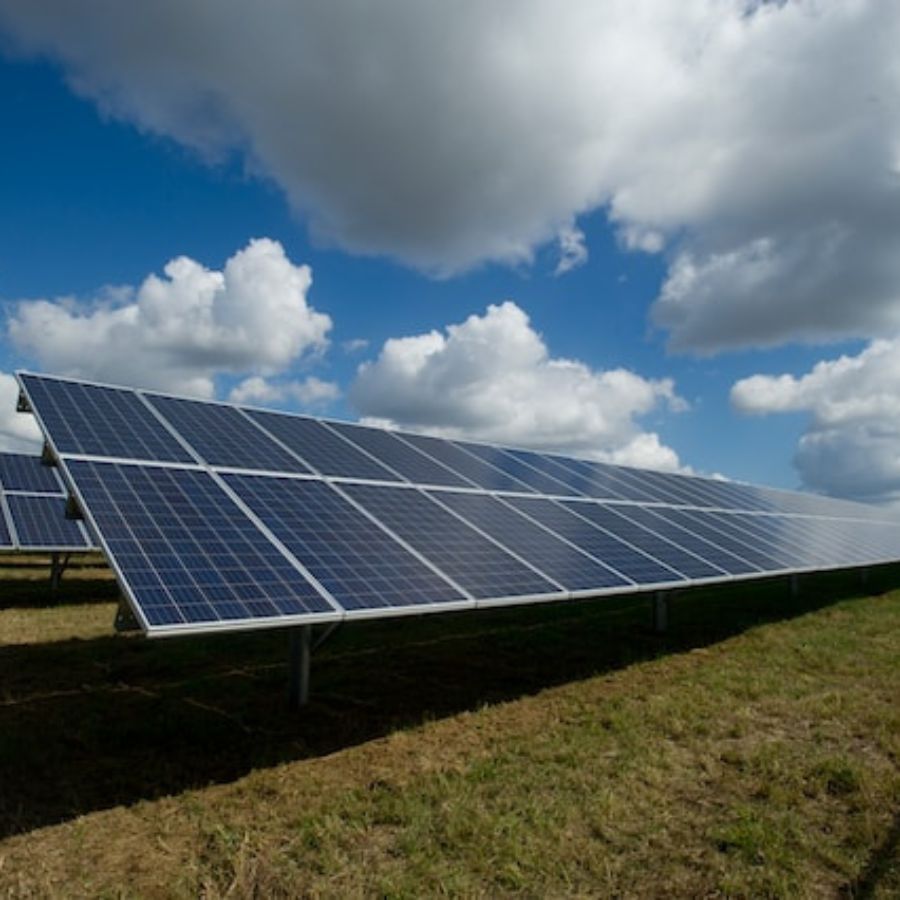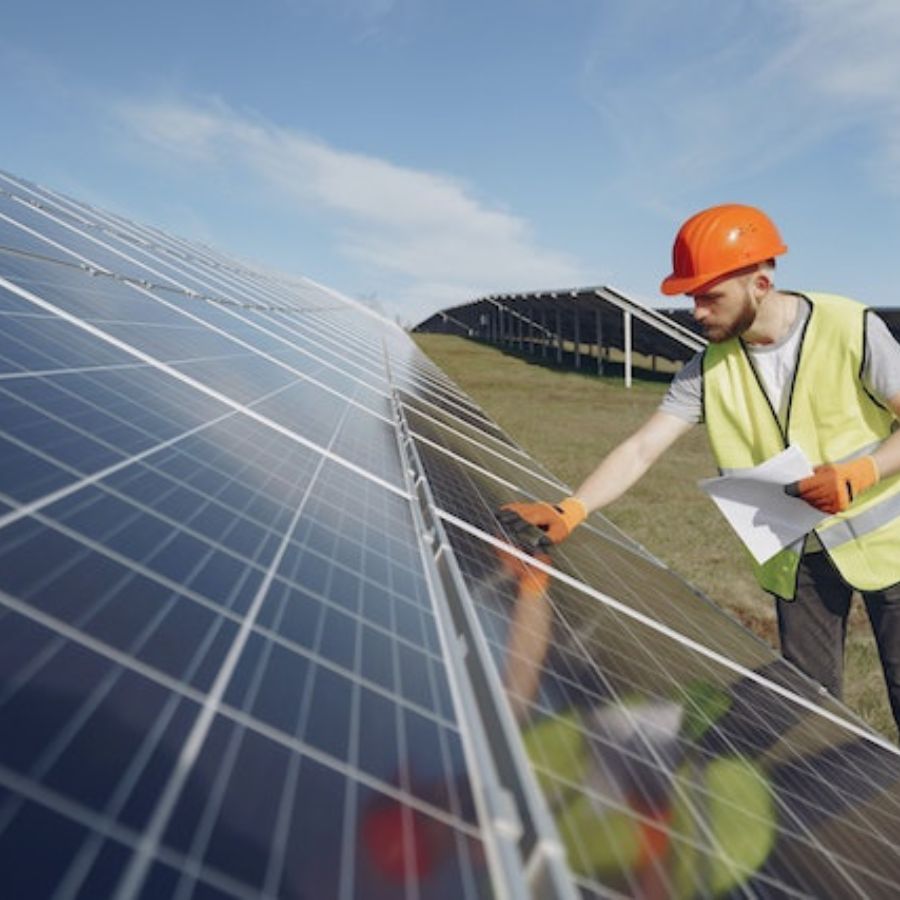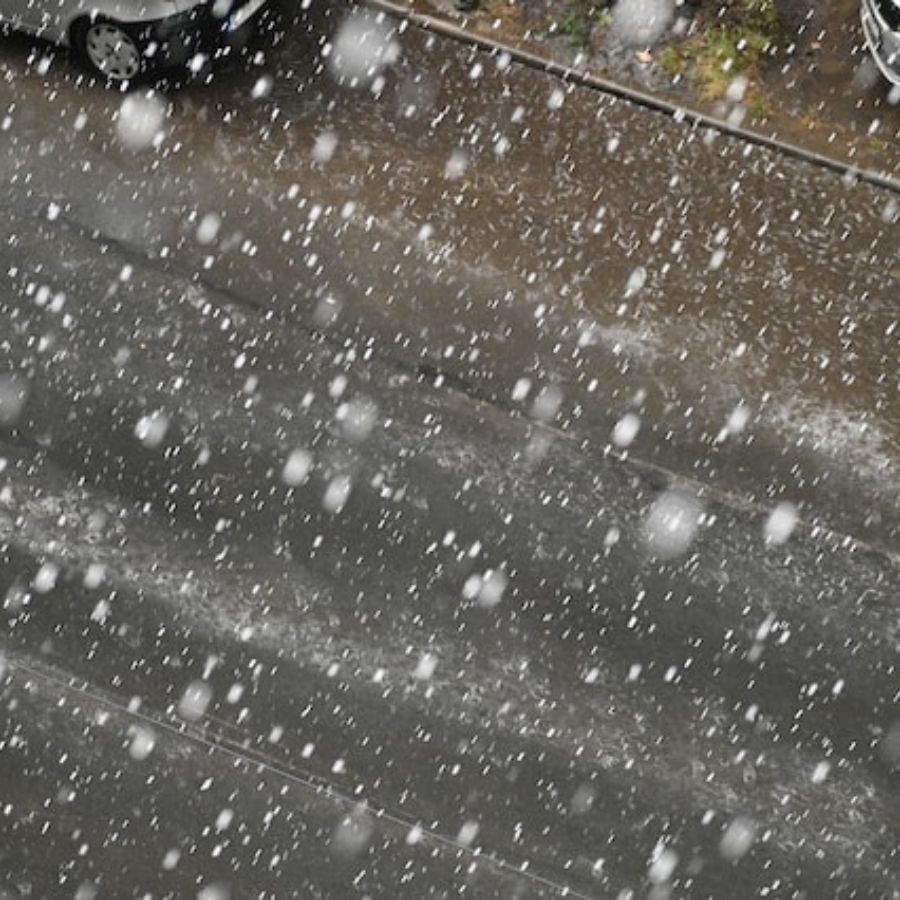Solar panels have become increasingly popular in Canada as a clean energy solution, harnessing the power of the sun to generate electricity. However, with the country’s propensity for extreme weather conditions, including hail storms, concerns arise about the vulnerability of solar panels to hail damage.
Homeowners who have invested in Photovoltaic panels must understand the potential risks and explore ways to protect their solar power systems.
In this article, we will see if hail damages Photovoltaic panels and discuss practical strategies to safeguard Photovoltaic panels from hailstorms.
By taking proactive measures, homeowners can minimize the impact of hail storm damage and ensure the longevity and efficiency of their solar panel installations.
What Size of Hail Can Damage a Solar Panel?

Solar panels can withstand various weather conditions, including hailstorms. However, extreme hailstorms with large hailstones can cause damage to Photovoltaic panels. To understand the size of hail that can damage a solar panel, let’s examine some key factors involved.
Solar panels typically feature tempered glass, which is more durable than regular glass and better able to endure the impact of hailstones. In addition, the glass used in PV panels goes through extensive testing to ensure it meets international standards set by organizations such as the International Electrotechnical Commission (IEC). These standards require Photovoltaic panels to withstand specific criteria, including the impact of hailstones at different speeds.
The potential for hail storm damage to Photovoltaic panels depends on the size and velocity of the hailstones. More giant hailstones that strike Photovoltaic panels at high speeds are more likely to cause harm.
On average, hailstones more significant than 1 inch in diameter (about the size of a quarter) can cause considerable harm to Photovoltaic panels. However, it’s important to note that smaller hailstones traveling at high speeds can also lead to damage, especially if they hit the same spot repeatedly.
How To Detect Hail Damage To Your Solar Panels?
Detecting hail storm damage to Photovoltaic panels is crucial for timely repairs. Viewers and solar energy system owners can identify potential damage by conducting visual inspections.
Here are some key signs to look for:
- Cracks or fractures on the solar modules may indicate hail impact.
- Shattered or broken glass surfaces resulting from severe hail impact.
- Visible dents or deformations on the panel frames caused by hailstones.
- Dislodged or misaligned solar cells may occur due to the force of hail impact.
- Hot spots or discoloration on the panel surface suggest internal damage.
Ways to Protect Solar Panels From a Hailstorm in Canada
Canada experiences its fair share of extreme weather conditions, including intense hailstorms, which pose a significant risk to solar panels. Hail can cause substantial damage to solar panels, decreasing energy production and potentially expensive repairs or replacements.
Therefore, solar panel owners must take proactive measures to protect their investments. Here are some practical ways to safeguard solar panels from hailstorms in Canada.
Spray on a Methacrylate Layer
One method to shield solar panels from hail storm damage is to apply a specialized methacrylate layer. This transparent spray-on coating forms a protective barrier that can absorb the impact of hailstones.
Methacrylate layers have been extensively tested and proven to withstand hailstones of varying sizes. Therefore, applying this protective layer to Photovoltaic panels can significantly reduce the risk of damage during hailstorms.
Inspect Solar Panels After a Hailstorm
After a hailstorm, inspecting solar panels and panels stand for any signs of damage is crucial. Even if a hailstorm appears to have caused no immediate issues, small cracks or damage may have occurred.
These cracks can expand over time, leading to more severe issues. Therefore, a professional should thoroughly examine the solar PV system to identify potential problems requiring immediate attention.
Use Protective Covers
Installing protective covers over solar panels can provide an extra defense against hailstones.
These covers consist of durable materials such as polycarbonate or acrylic, which can absorb impacts and prevent hailstones from directly hitting the panels.
Protective covers are available in various sizes and can be custom-fit to match the dimensions of your solar panel system. After installing solar panels, it is crucial to ensure the installation of the covers is correct to maintain optimal performance.
Adjust the Angles of Your Panels
Another effective strategy is to adjust the angles of solar panels during hailstorms. For example, one can minimize the impact of hailstones by tilting the panels to a steeper slope.
This adjustment can help deflect hailstones away from the surface of the panels, reducing the likelihood of damage.
However, consulting with a professional installer or manufacturer is essential to determine the appropriate angles for your specific solar panel system.
Inspect Your Panels Regularly

Regular inspections of solar panels are crucial to identify potential issues and address them promptly.
By conducting routine maintenance checks, homeowners can detect small cracks, hot spots, or other signs of damage that may have resulted from a previous hailstorm.
Prompt repairs can prevent further deterioration and maintain the efficiency of the solar energy system.
When protecting PV panels from hailstorms, it is also important to consider insurance coverage.
Contact your homeowner’s insurance company to discuss the coverage options for hail damage to a solar array of panels.
Some insurance policies may cover the repair or replacement costs associated with hail damage, providing you with financial protection.
In addition, it is worth noting that solar panel warranties often include coverage for hail damage.
Manufacturers understand the potential risks and have designed their panels to withstand extreme weather conditions, including hailstorms.
Be sure to review the warranty details provided by the manufacturer and understand the terms and conditions related to hail damage.
Frequently Asked Questions
Does Homeowners Insurance Cover Hail Damage To Solar Panels?
Coverage for hail damages to most solar panels varies among homeowners’ insurance policies. Some policies may include it as part of their standard coverage, while others may require an additional rider or endorsement.
Review your policy and contact your insurance provider to clarify the extent of coverage and any specific requirements.
Are Canadian Solar Panels Hail-proof?
While no solar panels are entirely hail-proof, most Canadian Photovoltaic panels can withstand the impacts of hail storms.
They undergo rigorous testing to meet solar industry standards and consist of tempered glassy material for durability.
However, extreme hailstorms with huge hailstones can still pose a risk to rooftop solar panels, although to a lesser extent.
Can Solar Panels Withstand Hail?
Most solar panels are engineered to withstand hailstorms to a certain degree. They feature tempered glass and undergo testing to meet industry hail resistance standards.
However, severe hailstorms with large hailstones can still pose a risk to your solar system. Additional protective measures such as hail guards or mesh netting can provide an extra layer of defense for solar panels in hail-prone areas.


Leave a Reply